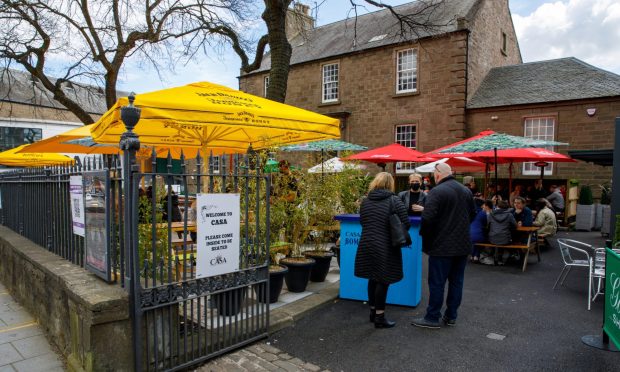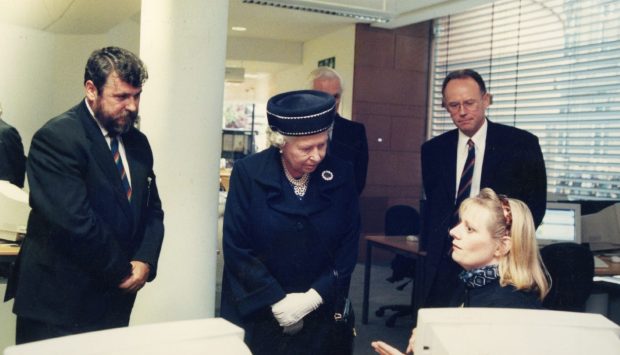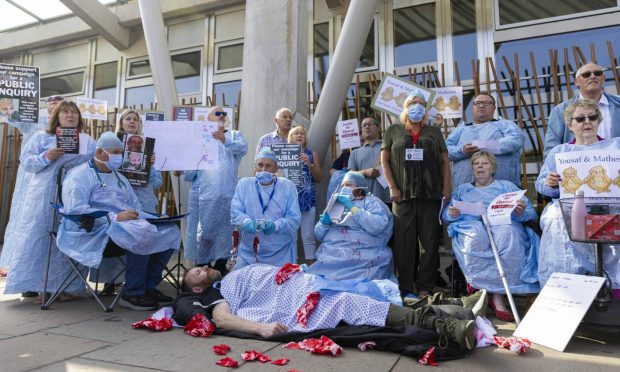A staggering 724 sex offenders are now living in areas across Tayside and Fife, according to official police records.
The figures, obtained through a Freedom of Information request, show sharp rises in the number of residents listed on the Violent and Sex Offender Register (ViSOR) across the region.
Tayside alone has seen a shocking increase of more than 37% since 2015, with the number rising from 293 to 404 by May 9 this year – a climb of 19 since figures were last released in September.
An earlier version of this article contained an interactive map giving a guide to sex offender registrations by postcode area. The points on the map were fixed to the geographical centre of each postcode area and were not indications of specific properties
The findings have also prompted fears that poorer families could be at risk, with the highest number of registered offenders appearing to be set up in areas with significant levels of deprivation.
Dundee’s DD4 6 postcode, which largely includes streets in areas such as Stobswell and Craigie, had the highest number of residents on the ViSOR list anywhere in the region at 21.
Meanwhile, Perth’s PH1 5 district, Methil’s KY8 3 and Kirkcaldy’s KY1 2 all fall well above the average, with 19, 18 and 17 respectively.
It comes after Dundee and Angus Women’s Rape and Sexual Abuse Centre confirmed in March that it had been forced to take on an additional post at their specialist advocacy service due to high demand.
North East MSP Bill Bowman insisted the rehabilitation of sex offenders “must be balanced with the safety of the public”.
He added: “Stacking criminals in any area where poverty is present will have an adverse effect on everyone concerned.
“Families in Dundee, Perth and Fife have every right to know when offenders are living in their midst.”
A spokeswoman for NSPCC Scotland said: “These figures highlighting increasing numbers of offenders shows the continued need to protect children effectively against abuse.
“Sexual abuse can shatter a child’s life and leave them feeling ashamed, depressed, or even suicidal.
“It is vital that those on the register are strictly monitored and this should include regular visits from the police.”
Police Scotland initially refused to give details for specific postcode districts but were later forced to turn over the information following a formal review.
However, the force said it could still not give details for a number of rural postcodes including PH4, PH5, PH9, PH17, PH18, PH19, PH23, PH24, PH25, PH30, PH31, PH32, PH35, PH37 to PH44 and PH50, claiming that to do so could put individuals at risk.
It also grouped the constituent parts of postcodes PH6, PH7, PH8 and KY11, as each of these had a population of less than 1,000.
The force said: “Given the population levels of the areas in question and taking into account the fact that a high percentage of RSOs will be male and within a certain age bracket, the potential for a registered sex offender to be identified is significant.”










